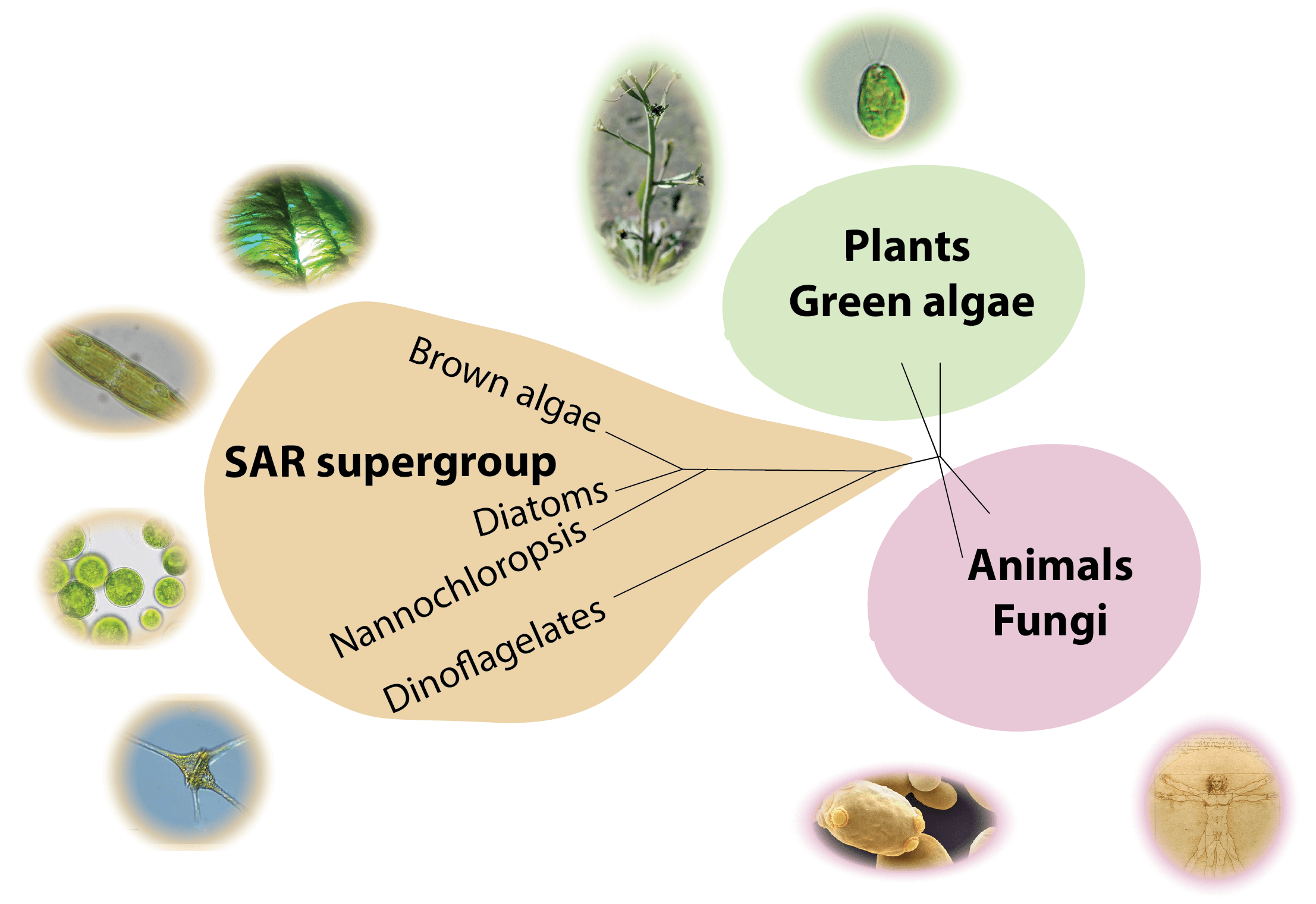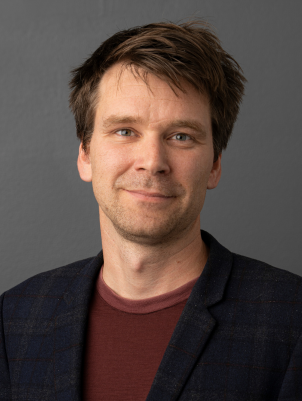Algae Biochemistry

Algae biosynthesis for sustainability and beyond
Take a deep breath… Fill your lungs with oxygen… This is the oxygen that algae have made from CO2 over millions of years. But instead of just making oxygen from CO2, can we use algae to make other things that we need in our society? This is the focus of my research and at the core of the ongoing activities in my research group.
Nannochloropsis oceanica CCMP1779 (N. oceanica) is an oleaginous eukaryotic microalga, which in recent years has gained attention among researchers and industry due to its ability to accumulate high levels of oil, fatty acids, and other non-polar compounds. N. oceanica is a marine organism; hence it does not require high-quality fresh water as required for uses in agriculture and by humans.
Evolutionarily, N. oceanica belongs to the SAR super group, which is responsible for more than 40% of the annual CO2 fixation on Earth. Evolutionary, N. oceanica is very distantly related to phototrophic organisms from the green linage, including plants that are more commonly studied. With its unique evolutionary origin and potential as a sustainable production host, I seek to uncover both novel biology and develop technologies for N. oceanica so that it can be employed in sustainable solutions for the future.
The long-term goal of my work and the work in my research group is to establish N. oceanica as a production system and novel agricultural crop for production of high-value molecules that benefits society. Such an algae-based production system will be a sustainable production system here on Earth, but it will have all the properties that make it suitable for producing essential products for long duration space missions, e.g., Mars colonization.
- Developing gene engineering tools for N. oceanica to facilitate its development into a light-driven production host for producing high-value molecules from CO2.
- Understanding pigment biosynthesis in eukaryotic algae.
- Development and commercialization of biotechnological production platforms.

- Genetic engineering of eukaryotic algae.
- Stramenophile algae species
- Plant diterpenoid biosynthesis
- Genetic engineering of S. cerevisiae
- Carotenoid biosynthesis
- Cytochrome P450 enzymes
- Heterologous bioproduction
- Commercialization of engineered bioproduction hosts.
Johan Andersen-Ranberg founded the biotechnology company TriptoBIO together with Jon Christensen. The goal of TriptoBIO is to establish a yeast platform for production of high-value compounds. The first target compound is triptolide for contraceptive rodent pest management. This work was featured in a TIMES article.
Johan won the UCPH Innovation prize in 2024.
Since his PhD studies, Johan has been involved in public outreach and science communication. Based on his thesis work he joined the PhDcup in 2015. Since then, Johan's work has been publicized in over 100 news articles in Denmark and abroad, theater performances, TV segments, and radio shows, including 24 Questions for the Professor and Hjernekassen, among the most popular radio shows in Denmark.
Ass. Prof Michele Fabris, University of Southern Denmark (SDU). Algae synthetic biology, diatoms
Ass. Prof. Tingting Xiang, University of North California at Charlotte. Identification of S. minutum biosynthetic genes.
Dr. Rer. Nat Martin Lohr, Johannes Gutenberg University
Ass. Prof. Robert Jinkerson, University of California. Riverside Identification of chromaveolate biosynthetic genes.
Prof. Krishna Niyogi, University of California, Berkeley, National Academy member, HHMI investigator. Genetic engineering of N. oceanica
Prof. Birger Lindberg Møller, University of Copenhagen. Discovery of biosynthetic pathways in plants for making high value diterpenoids.
Prof. Poul Erik Jensen, University of Copenhagen. Development of microalgae as a food ingredient

Research group leader
Johan Andersen-Renberg
Associate professor
joar@plen.ku.dk
+45 35 33 77 88
- Post doc. at University of California Berkeley. Characterization of genes involved in pigment biosynthesis in stramenophile algae.
- PhD thesis title: Biosynthesis of High Value Bioactive Natural Products. University of Copenhagen
- MSc. in Applied Biotechnology. Master thesis title: Utilizing Synthetic Biology in Cyanobacteria. University of Uppsala
- Bsc. Medicine and technology. The Technical University of Denmark & University of Copenhagen.
Group members
| Name | Title | Phone | |
|---|---|---|---|
| Search in Name | Search in Title | Search in Phone | |
| Daniel Poveda Huertes | Assistant Professor | ||
| Dany Liu | Postdoc | +4535320779 | |
| Jannis Straube | Postdoc | +4535326742 | |
| Johan Andersen-Ranberg | Associate Professor | +4535337788 | |
| Rocio Ochoa Fernandez | Assistant Professor | +4535324193 | |
| Waranid Sutthacharoenthad | PhD Student |
